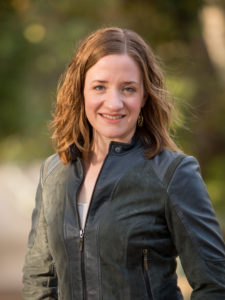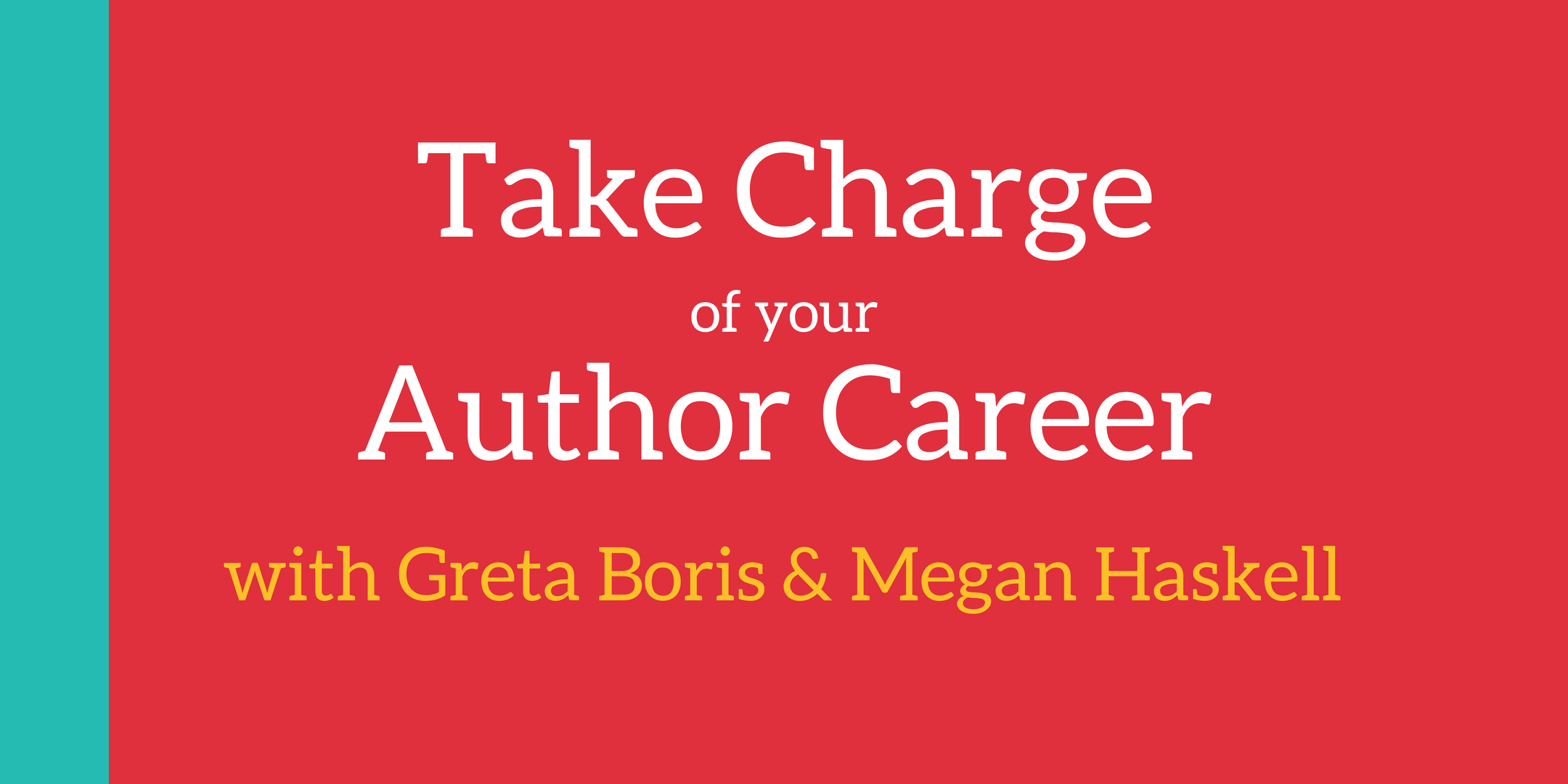by Megan Haskell
This year I’ve decided to do it. I’m taking The Sanyare Chronicles wide.
It’s a gutsy move. Though there are many successful indie authors who sell their books outside of the KDP Select exclusive contract, there are many more who are successful within Kindle Unlimited. They would never “go wide”.
So why am I changing my strategy?
First, let’s take it back a step.
What is KDP Select, and why would you want to be exclusive?
For those that don’t know, KDP Select is Amazon’s self-publishing program in which you agree to a 90-day exclusive contract in exchange for promotional benefits. What are these benefits?
- Inclusion in the Kindle Unlimited (KU) reader program—readers pay $9.99 per month to gain access to as many books as they can read, and authors are paid on a per-page-read basis. This amount varies from month to month, but ranges from about $0.004 to $0.0049 per page.
- Promotions via Kindle Countdown Deals—these are short-term promotions where you schedule a price reduction of your book (down to at most $0.99) and Amazon puts a little countdown timer on the price to let readers know that it’s a limited time offer.
- Free Days—if you choose not to run a Countdown Deal, you can instead choose to reduce your book price to FREE for up to seven consecutive days in the 90 day contract period.
These benefits can be great, especially for newer authors with just a few books published. It’s much easier to market a single title when you gain the visibility of a Countdown Deal or limited time free promotion that then boosts your KU pages read. At times, I’ve done pretty well using these features. But in order to participate, you can’t sell your ebooks anywhere else, not even on your own website.
What is “Wide”?
“Going wide” means not selling exclusively on Amazon. You give up all of the above mentioned benefits to upload your ebook to multiple retailers (Barnes & Noble, iBooks, and Kobo, for example), or an aggregator like Smashwords or Draft2Digital who distributes the books to a network of retailers for you.
Obviously, this opens up an entirely new potential audience for your books, especially internationally. However, the marketing can sometimes be more challenging. If you only have one book, or only have standalone novels, it’s nearly impossible to gain traction—you can’t rely on series read-through to make up for the profit losses on the promotional title.
[Series Read-Through: The percentage of people who read book 2 after reading book 1, and read book 3 after book 2, etc.]
Why Go “Wide”?
I’ve never liked being exclusive. It feels like putting all my eggs in one basket and then trusting a well-meaning but rambunctious child to hold the basket.
Amazon has done great things for indie authors, but if they completely control the market, soon the authors have no other alternatives. Power corrupts, and absolute power corrupts absolutely. I have no ill-will for the company that I use on a daily basis. (Seriously. Daily. And not just to check sales reports.) I just want to make sure I have options and know how to keep my business running, even when disruptions occur.
Amazon holds about 80% of the ebook market in the US. That’s a lot. If you’ve heard of the 80/20 rule, well then Amazon should be where you focus your energy. But the US isn’t the entire ebook world. It’s not even the entire English reading ebook world. There are a lot of other players out there, and some who are really making a push to gain traction.
Like Kobo.
You might not have heard of them, but Kobo is the #2 ebook retailer in Canada and France, and they made a deal with Walmart last year to sell ebooks, audiobooks, and e-reading devices in the US.
Apple is also investing in its ebook and audiobook platform, changing the name to Books (instead of iBooks) and redesigning the entire bookstore experience, from top to bottom.
Meanwhile, self-publishing at Amazon is getting increasingly competitive. According to Bowker, the company that tracks book sales and publications in the US, more than a million self-published titles were released in 2017, which doesn’t include the Amazon imprints or self-published titles that don’t use an isbn identifier. I’m certain that number has gone up significantly in 2018. I’m also certain the vast majority—maybe even all—of those books are available on Amazon. Within the genre fiction market, especially science-fiction, fantasy, and romance, the percentage of those new titles that have chosen exclusivity with KDP Select must be massive.
It’s a really big pond. If you’re a little fish, even with the promotional opportunities available through KDP Select, it’s increasingly difficult to gain visibility. Strong storytelling, impeccable editing, and a phenomenal cover are the bare minimum nowadays; you also need killer advertising and marketing strategies, and you absolutely must network with other authors in your genre, and have to be putting out new content quickly before readers forget about you.
A New Strategy = Challenges Ahead
I’m not saying that going wide is easier than publishing on Amazon. It’s not. In some ways, it’s more difficult. You have to keep track of sales on multiple platforms. You have to market differently, to different audiences on each platform. You have to consider international timezones and reader preferences.
BUT
In the wide market, you’re not competing with all of the authors who’ve chosen exclusivity in KDP Select. I’m hoping that with a new plan, I can make that slightly smaller pond work for me. How?
With the perma-free pricing model.
Remember that read-through thing I talked about before? Well, I know that I have good read-through from Book 1 to Book 2, great read-through from Book 2 to Book 3, and even better read-through from Book 3 to Book 4.
I also know that not everyone who downloads a free ebook reads it—many get lost in the depths of the e-reader TBR queue.
But let’s say I get 1,000 people to download Book 1 Free. That’s 1,000 people who have the potential of reading my book, if not today or tomorrow, sometime in the future. Now let’s say I only get about 10% of the people who download the book to actually read the book, that’s 100 readers. Of those, I conservatively estimate about 60% will go on to read the second book, at a price of $2.99, which earns me approximately $2 in royalties (times 60 readers = $120). Of those readers, I get about 75% read-through to book 3, priced at $4.99 ($3.50 royalty * 45 readers = $158). Another 85% go on to Book 4, also at $4.99 ($3.50 * 38 readers = $133). That’s a total earned of $411 for each 1,000 downloads, which doesn’t include the novella, paperbacks, and audiobooks.
Those numbers are pretty conservative. If I can increase my Book 1 readers, or increase my read-through from Book 1 to Book 2, that income increases substantially. In other words, it’s a volume and numbers game.
Since taking the books out of KDP Select on January 14, I’ve done very little for promotion, yet I’ve already had over 750 free downloads of Sanyare: The Last Descendant (Book 1). I can’t yet say if the read-through theory will hold true, but sales are starting to trickle in. However, in a couple of weeks, I will be promoting through the Holy Grail of email book promotions: a BookBub featured deal.
I’ll let you know how it goes.
Summary
- “Going wide” isn’t for every indie author.
- As far as I can tell, it works best for people who have a series of at least three or four titles with good read-through rates.
- Wide authors need strong organizational skills and the ability to track multiple sources of income.
- Expect a decrease of income while the wide audience is growing.
This is all an experiment for me. I may fail. But it won’t be for lack of trying.
***

Legend has it, I was born with a book in my hands. Thirty-ish years later, I’m a stay-at-home-mom who prefers a good story over doing the dishes. Only now, I’m building my own fantasy worlds! I’m the Award-Winning author of the Amazon bestselling series, The Sanyare Chronicles, and Program Director of O.C. Writers. You can find me on my website at www.meganhaskell.com, Facebook, and Twitter.


Always been wide. First published March 2010, so I was in the first wave of titles when Apple accepted ebooks in April 2010. First did a perma-free April 2011. My parents were entrepreneurs along with day jobs and I heard diversify repeatedly from the time I was 14. Along with never have your eggs in one basket. Amazon would be fine if it played fair. It doesn’t. There have also been a lot of authors that defended everything they ever did like Amazon was their friend. It’s not – books are loss leaders to draw customers to products Amazon makes a MUCH higher margin on and KDP was developed because Bezos’ soon-to-be-ex-wife wanted to publish a book. The royalty rate was 35% until publishers and Smashwords made deals with the other retailers for 60%. Only then did Amazon offer 70% for books priced $2.99 and up.
Self-publishing is a marathon and being wide is about the long game. Too many authors are concerned about “right now”.